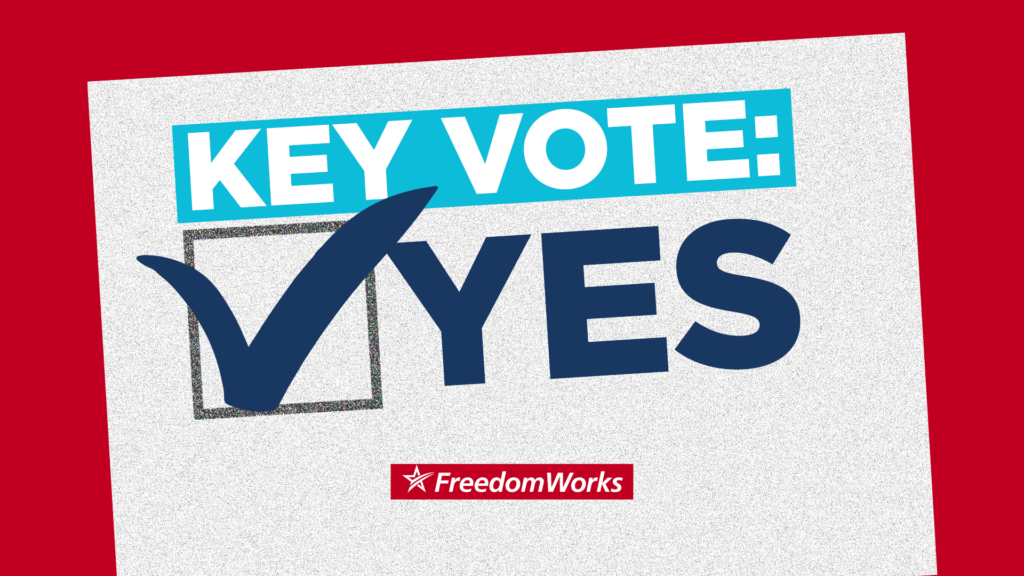Supreme Court Spotlight: Free Speech, Facebook, and “True Threats”
After being estranged from his wife and fired from his job, Anthony Elonis began posting a series of disturbing Facebook statuses that spoke of harming and killing his ex-wife, initiating “the most heinous school-shooting ever imagined,” and blowing up FBI agents.
Elonis was charged in December 2010 with “transmitting in interstate commerce communications containing a threat to injure the person of another in violation of 18 U.S.C. § 875(c).” After being successfully indicted, a trial jury convicted Elonis on four counts. After a series of appeals, the Supreme Court has taken up the case.
Elonis questions whether a conviction of threatening another person requires proof of subjective or objective intent to threaten. He argues proof of subjective intent is indeed required for a proper conviction. According to Elonis, his trial jury was incorrectly instructed to judge the case on whether a “reasonable person” would interpret the language as a true threat. In fact, Elonis argues Virginia v. Black holds that subjective intent is required under the First Amendment’s true threat exception. If subjective intent is required under set precedent, then the “reasonable person” standard is not valid.
Over at the SCOTUS Blog, Lyle Dennitson reported on the intricacies of this case and the oral arguments in the Supreme Court. As Justice Kennedy pointed out, the term “true threat” is “a most unhelpful phrase” that results in a wide gap between two legal views to reconcile. One side argues that only the standard of a reasonable person identifying speech as threatening is enough for conviction; the other side argues you must definitively know the intent of the speaker himself in order to convict.
According to Denniston, Elonis’ attorney John P. Elwood faced a “flurry of often-contradictory questions,” as well as comments from justices that he argued the case in a way they were not expecting. In turn, the government’s attorney, Deputy Solicitor General Michael R. Dreeben, seemed to have the justices on his side when speaking about the target of the speech, but may have pushed his argument too far at other times.
The justices explored whether purpose, knowledge, or even recklessness is proper standard for conviction. Also explored was the “reasonable person” standard, and who exactly that would include. Would you need to have an apples-to-apples comparison to find a “reasonable person” in the context? Would you need a teenager to judge threatening language used by another teenager in an online message to know if it is a true threat? The vague definition of who qualifies as reasonable has foreseeable complications.
How the court rules will be interesting because it must set a definition of proof, as Denniston explains. If the true threat exception is literally applied, then any threatening communication is a criminal act. Since the court has in the past stated the exception only applies for a “true threat,” the justices must determine how exactly to identify what is, or what is not, a true threat.
The case is filed as Elonis v. United States.




